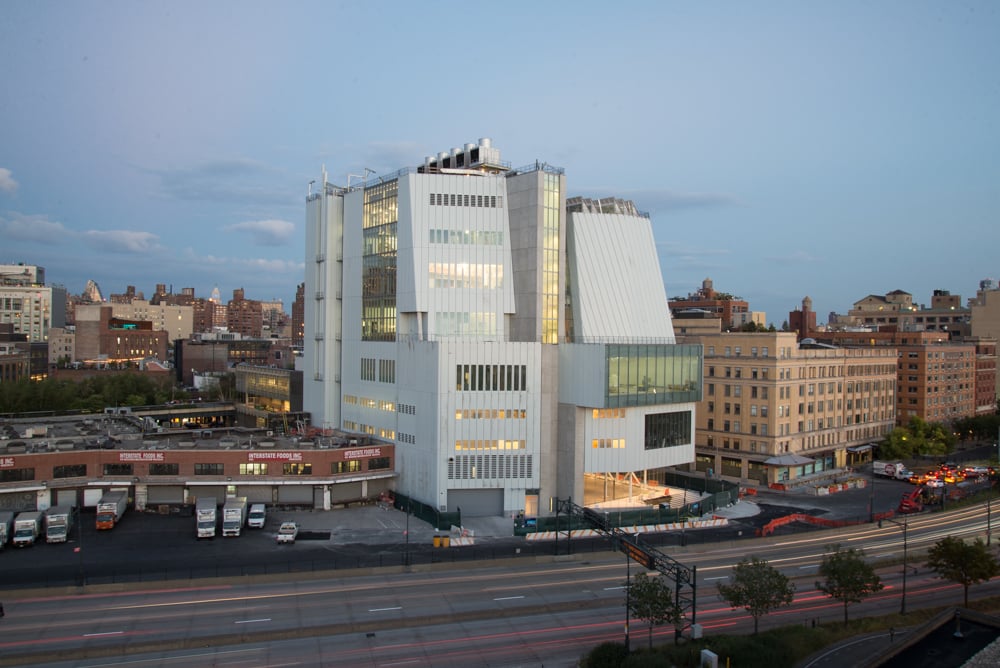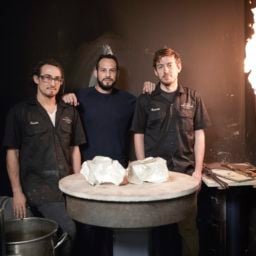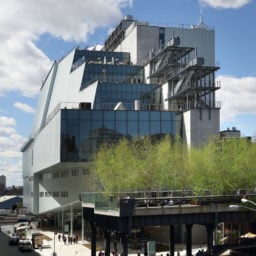

“Whitney Museum Drowning in Water Bills,” the New York Post reported on Monday, which was really not the kind of press the museum hoped to be generating with its flashy new building.
The story, which alleges that the newly relocated art institution was stiffing the city in a rather spectacular way, opens with a pun that only someone deep into the local New York real estate beat could love:
The new Whitney Museum is showing a Flushing side—big time.
The Meatpacking art mecca that only opened in May 2015 has managed to generate a titanic water bill and is already behind on payments.
The bill, including interest, had grown to $208,964 as of Sunday. According to city records, no payment has been made in the past 12 months.
The Post added that the water bill for the Whitney’s former space uptown was also overdue (the building is now the Metropolitan Museum of Art’s Met Breuer contemporary-art annex). The outstanding payment on that building, the tabloid reported, was “a mere trickle of just $4,453, plus a late fee of $89.”
The story was a real head-scratcher. What kind of secret business was going down in the bathroom at the Whitney? Was the relocated institution already in such dire financial straits that it couldn’t pay the bills?
We can set the record straight. According to a press representative for the Whitney, the lapse was not due to any nefarious plot to stiff the New York taxpayer, but to a “mailing snafu.” Evidently, after the museum’s big move to the Meatpacking District, the water bills were simply being sent to the wrong address.
The representative maintains that the Whitney did not notice this issue for a year.
The error has now been rectified, according to the spokesperson, and the Whitney is no longer in hot water.







